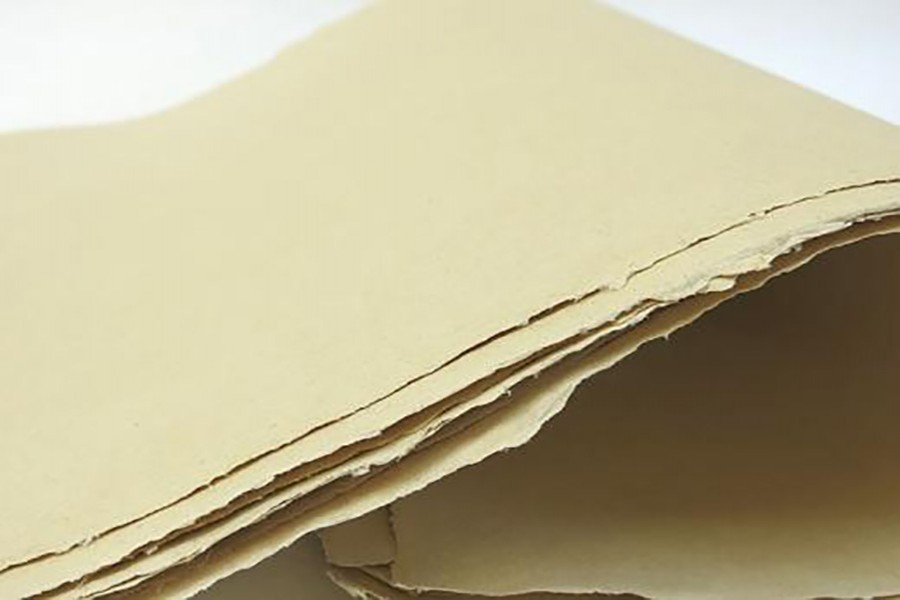Following years of successful research conducted by Bangladeshi scientists on genome sequencing of jute, there have been high expectations of the landmark accomplishment leading to innovation of newer products from jute. On this count, the recently reported progress in the innovation of jute pulp paper is surely a commendable achievement. This promises to rise up to the public expectation of seeing jute as one of the key drivers of the economy. Although news about the innovation has very recently been made public, it will take a while for the researchers to complete their works. Then it will be the job of the appropriate authorities in the government to examine the product before taking necessary steps to facilitate its commercial production.
The government, reportedly, is thinking to formulate a law in this regard considering the prospect of jute pulp paper in the country, and indeed for the economy as a whole. Experts have opined that Bangladesh has the potential to become a major pulp and paper producer from green jute. The country produces 33 per cent of the world's raw jute and imports 500-600 tonnes of pulp annually worth US$600 million. Setting up plants to produce high quality pulp from green jute can, besides meeting domestic demand, open up opportunities for export as well. Today, globally, the vast majority of paper pulp and other pulp products (viscose, cellulose derivatives etc.) are obtained from wood. Despite a considerable increase of recycled fibre, the demand for pulp grows continuously. If jute pulp is used in making paper, it will not only protect the environment, but also provide a big relief to the jute farmers who despite good harvest are not in a position to claim fair price because of shrinking demand. Currently, around 250 types of products are being made from jute in the country. Inclusion of jute pulp paper to the list would indeed be a major break-through in the much desired diversification drive of jute products - that too with considerable value addition and multiplier benefits for a large number of stakeholders.
Paper being a product of diversified varieties and grades, its raw materials too are of diverse origins. According to experts, a number of paper grades, including newsprint and high value industrial paper require softwood fibre to act as reinforcement pulp. In Bangladesh, the main fibrous raw materials available for papermaking are short-fibred wood and agricultural and industrial waste. In the search for a potential long-fibre substitute for softwood pulp, most researchers have suggested jute fibre as an appropriate solution.
With the research on paper pulp almost complete, all concerned need to work on a targeted roadmap to make the best use of the innovation from green jute. Because of supply-side advantage coupled with the low cost in growing jute, chances look bright for the innovation to materialise successfully. While protecting the interest of jute growers, it is highly likely to revitalise the jute mills in both public and private sectors.


